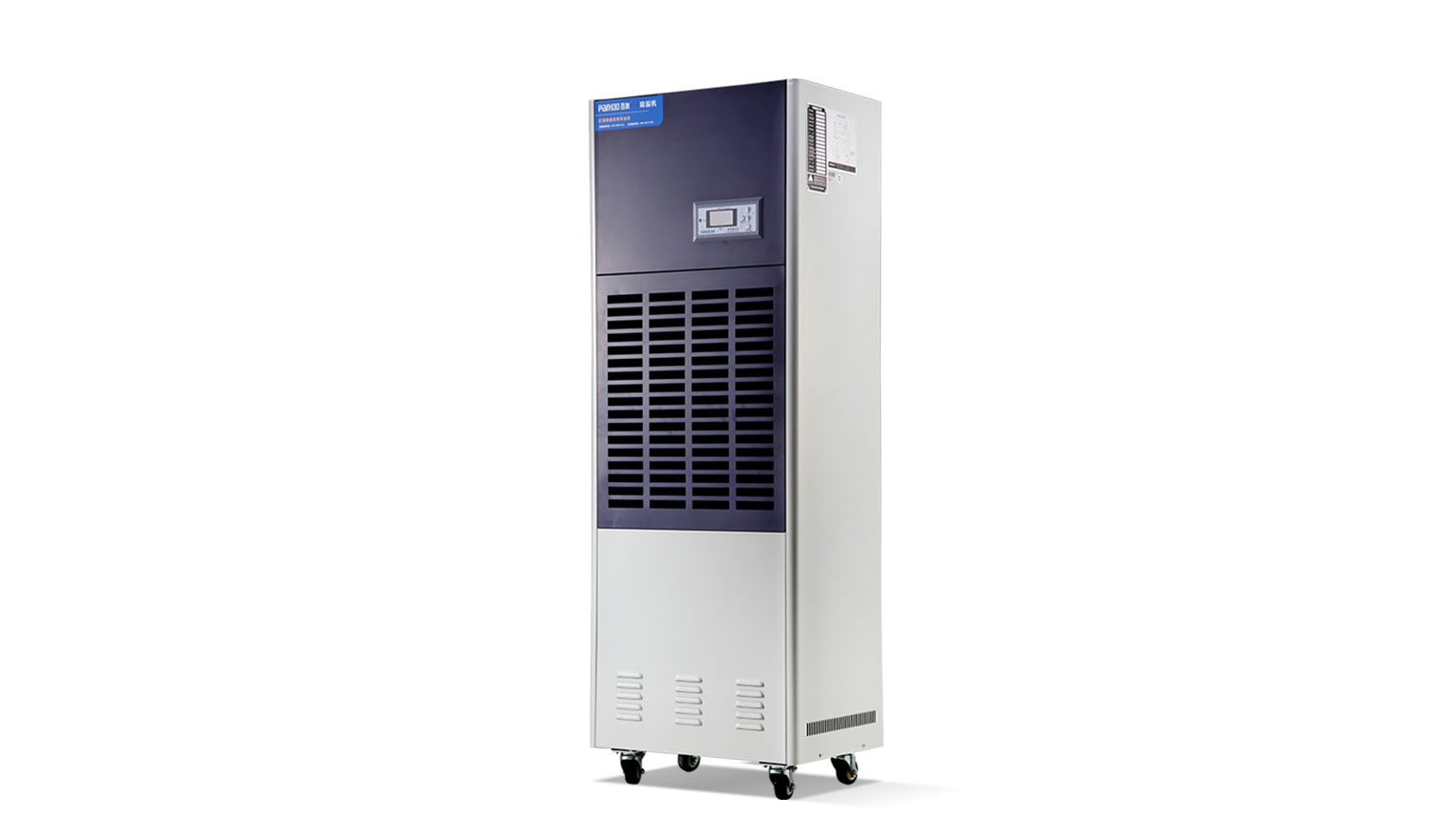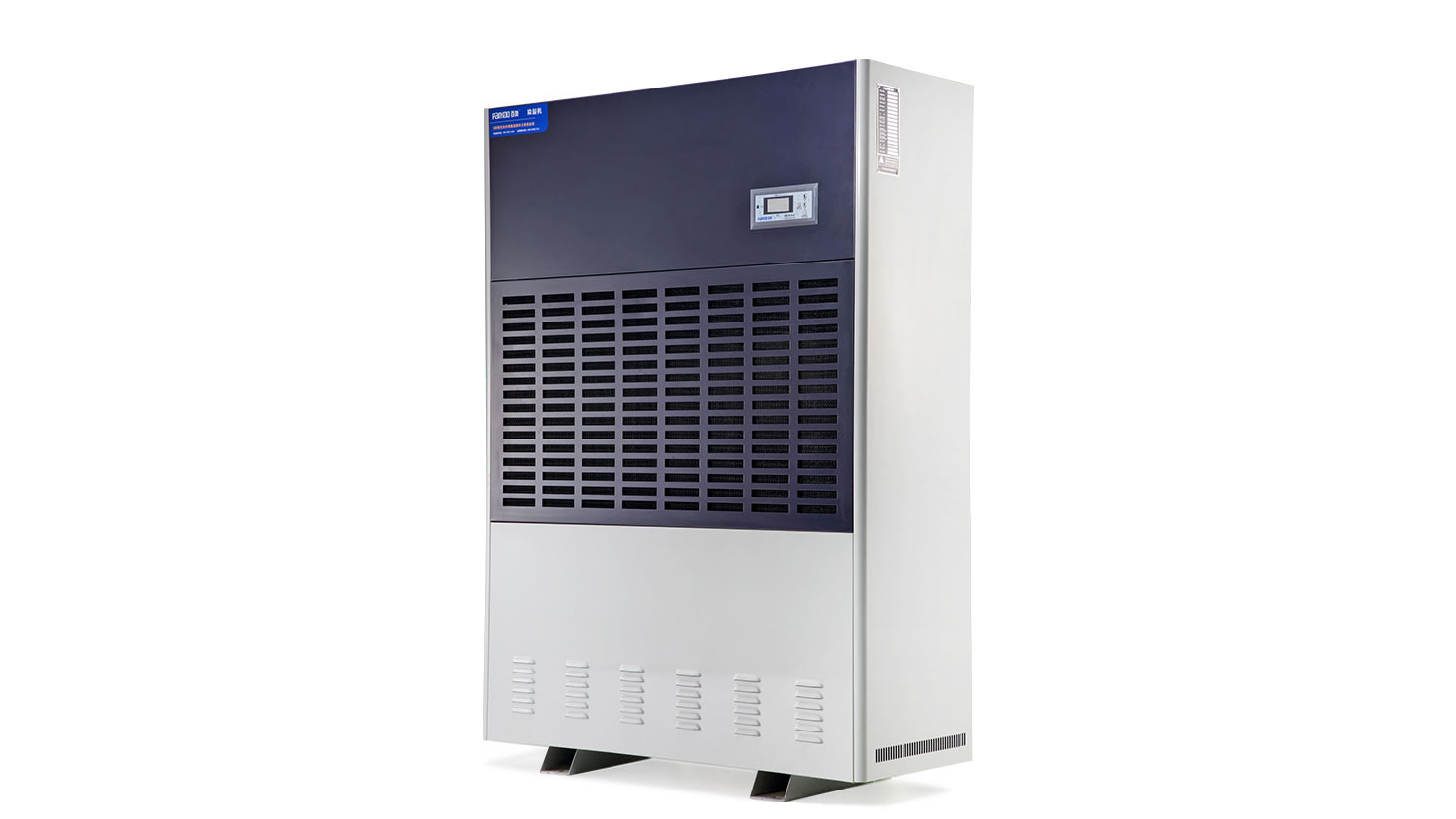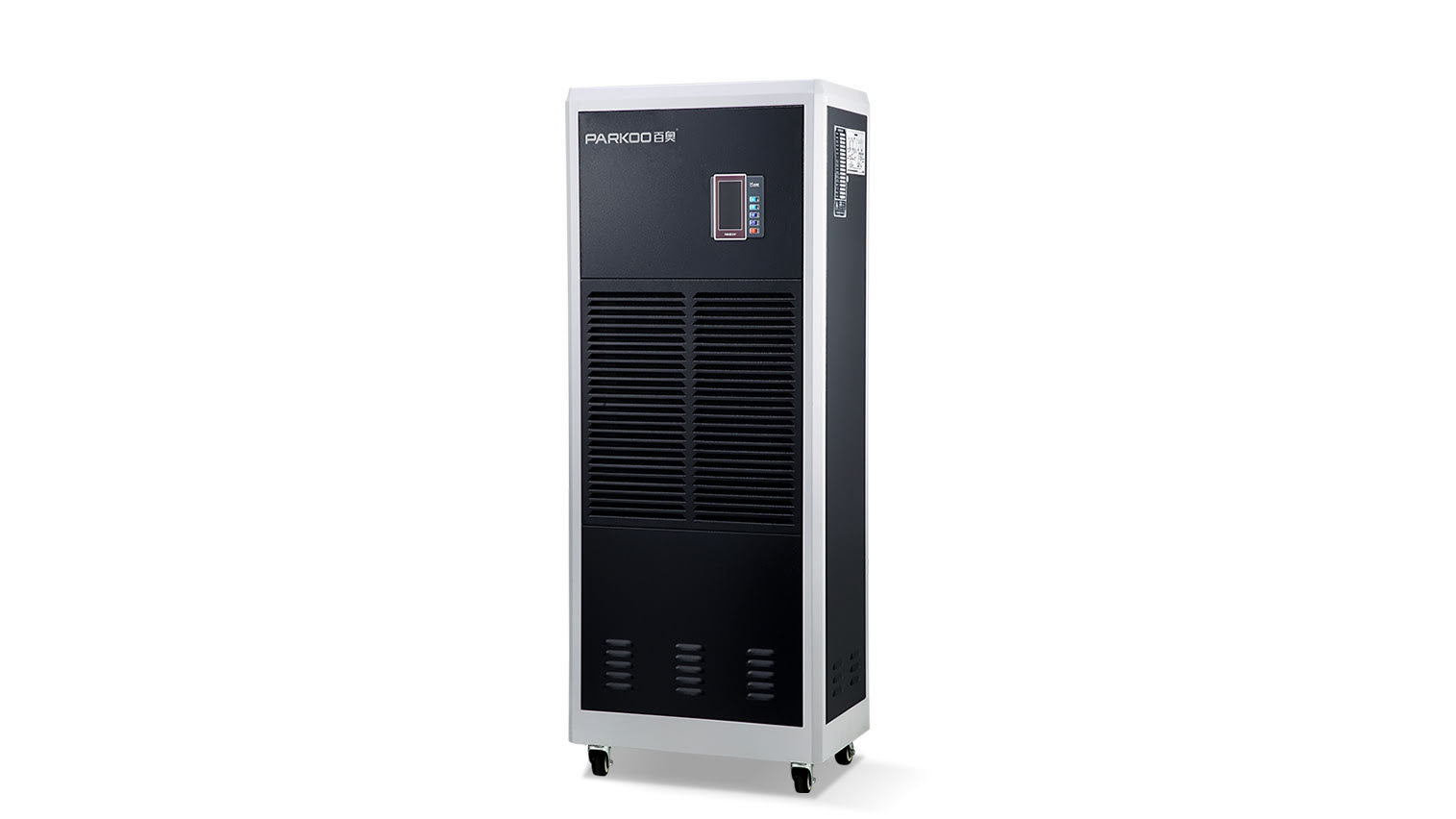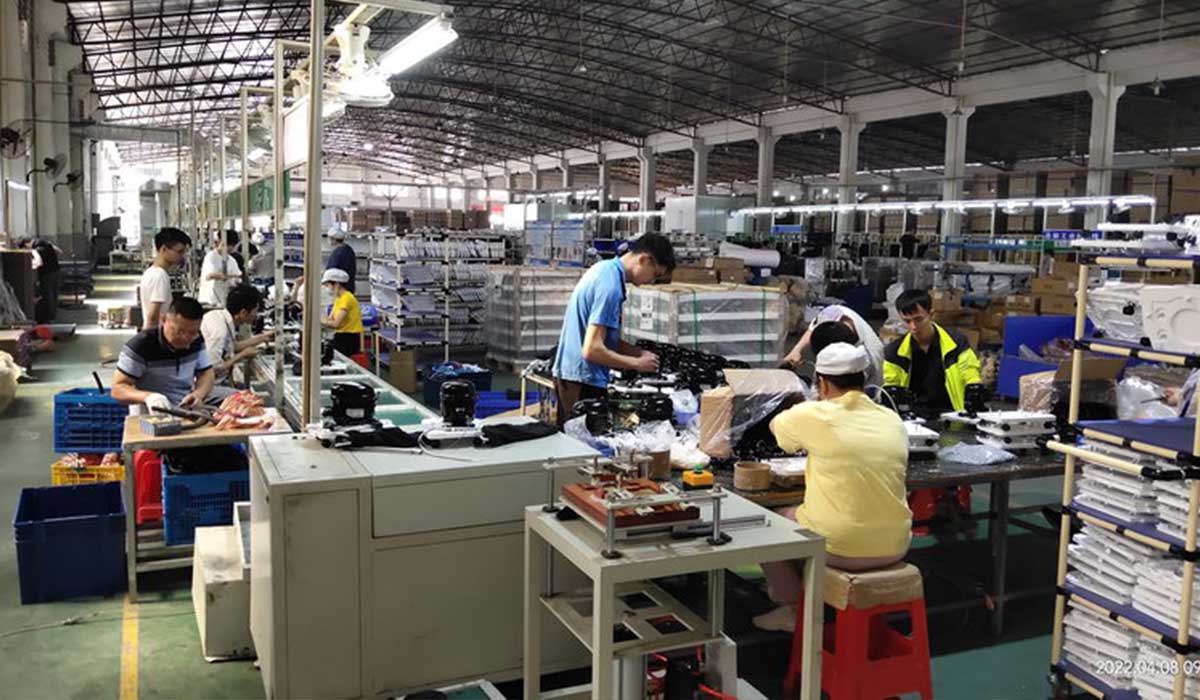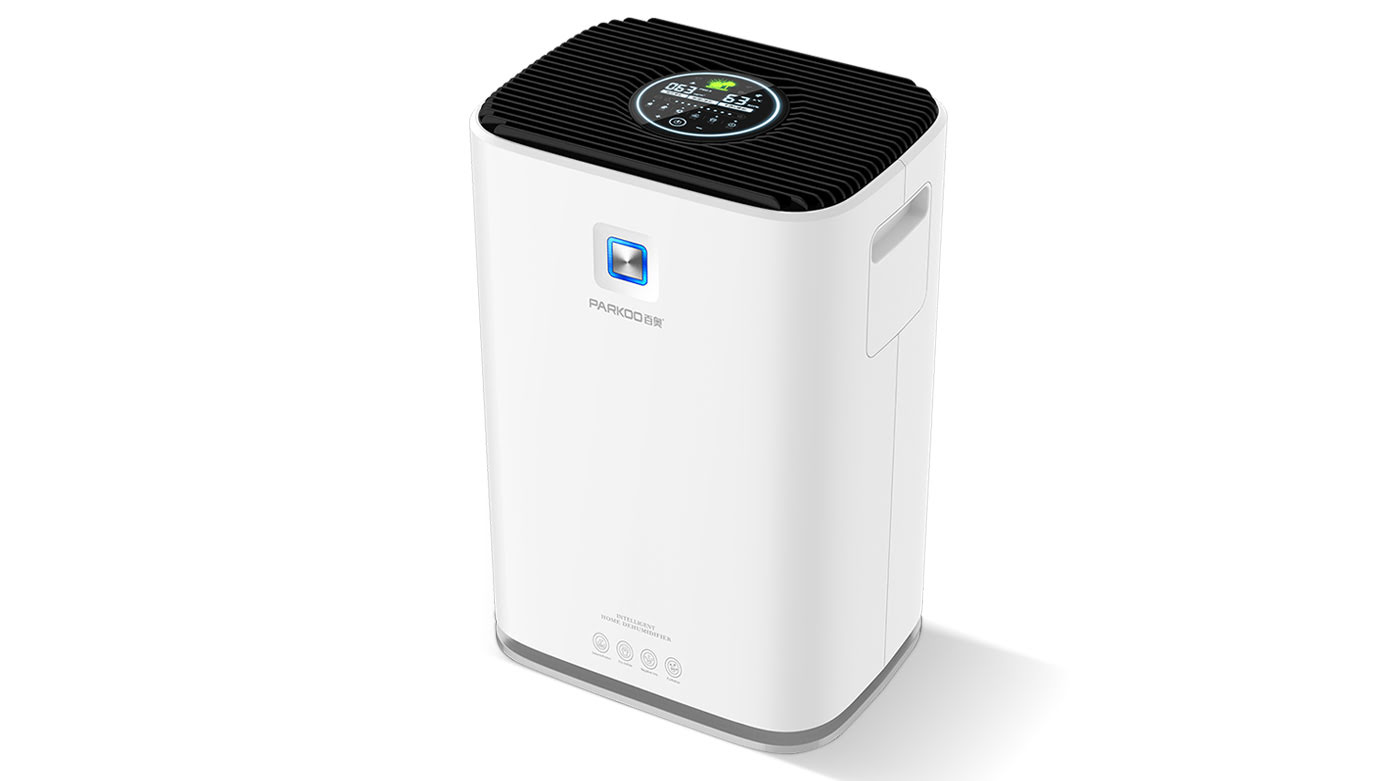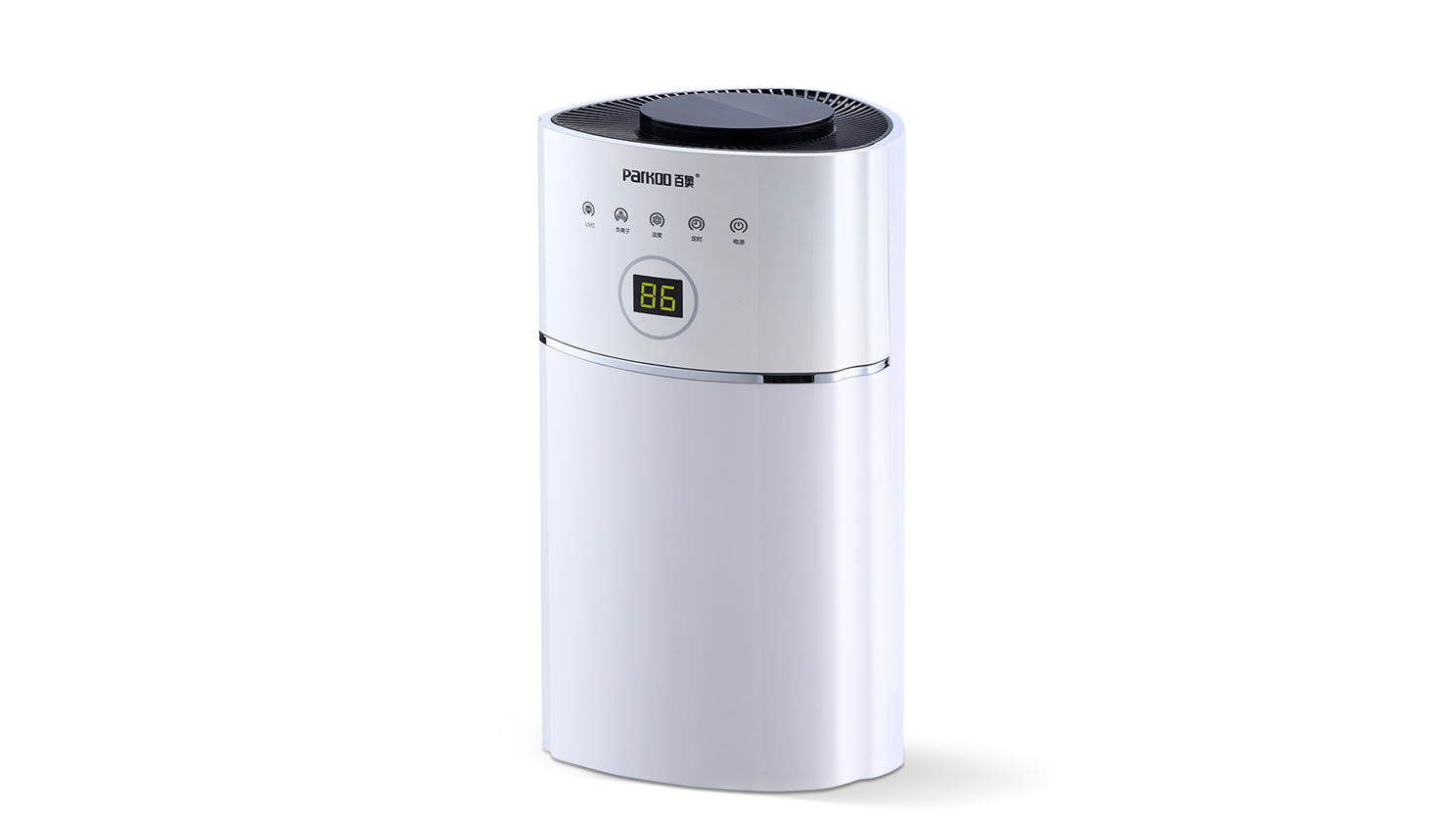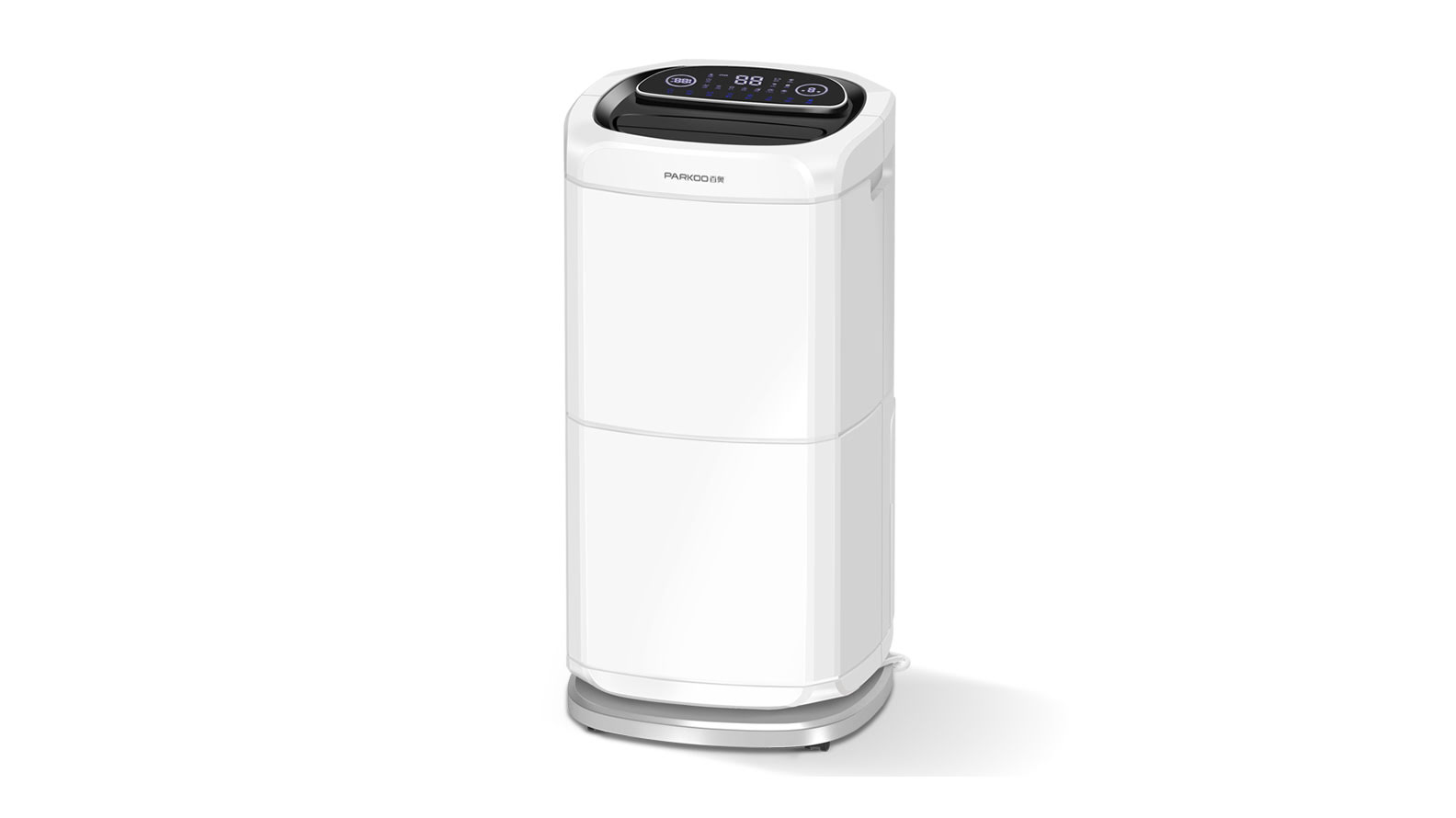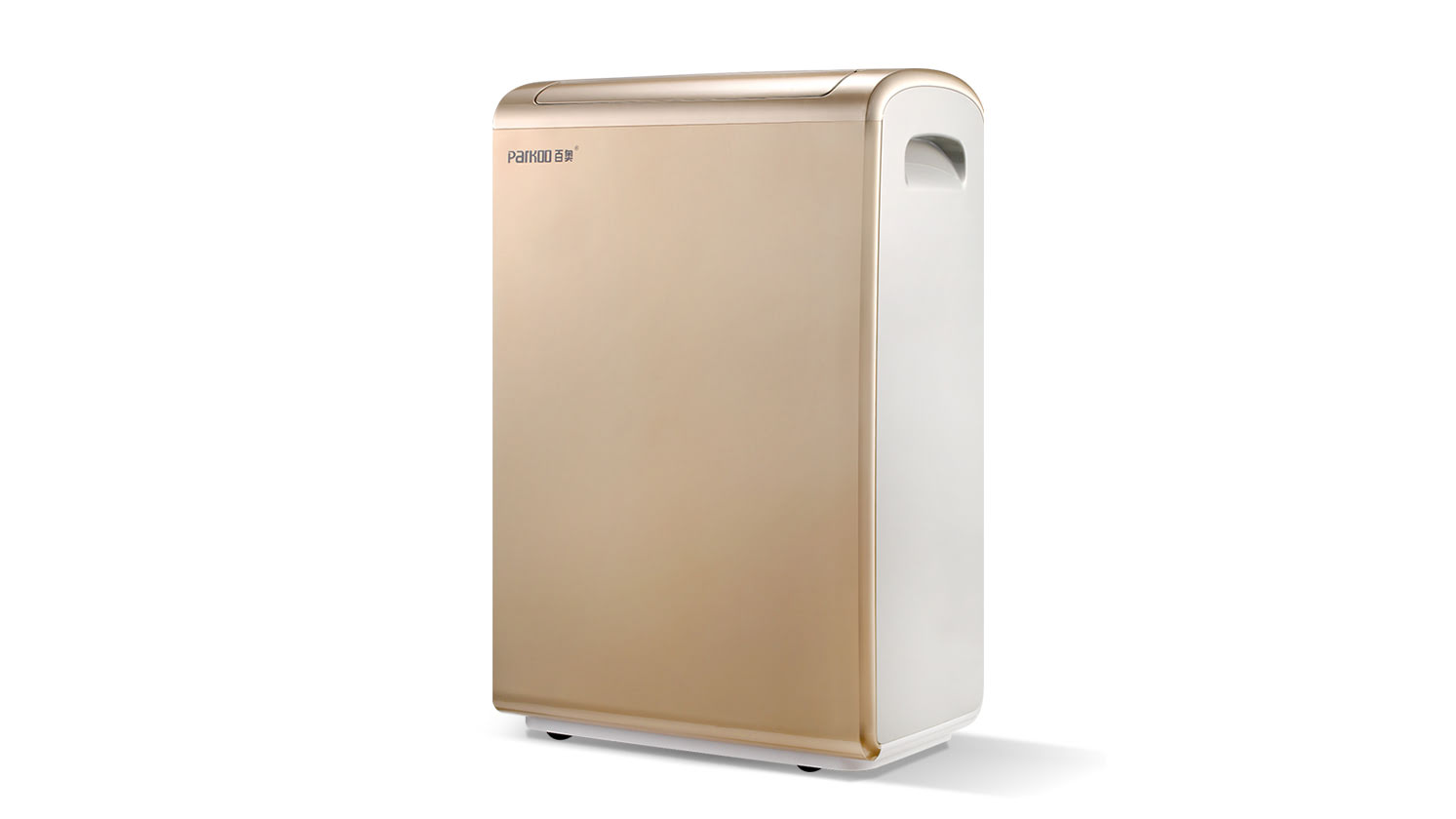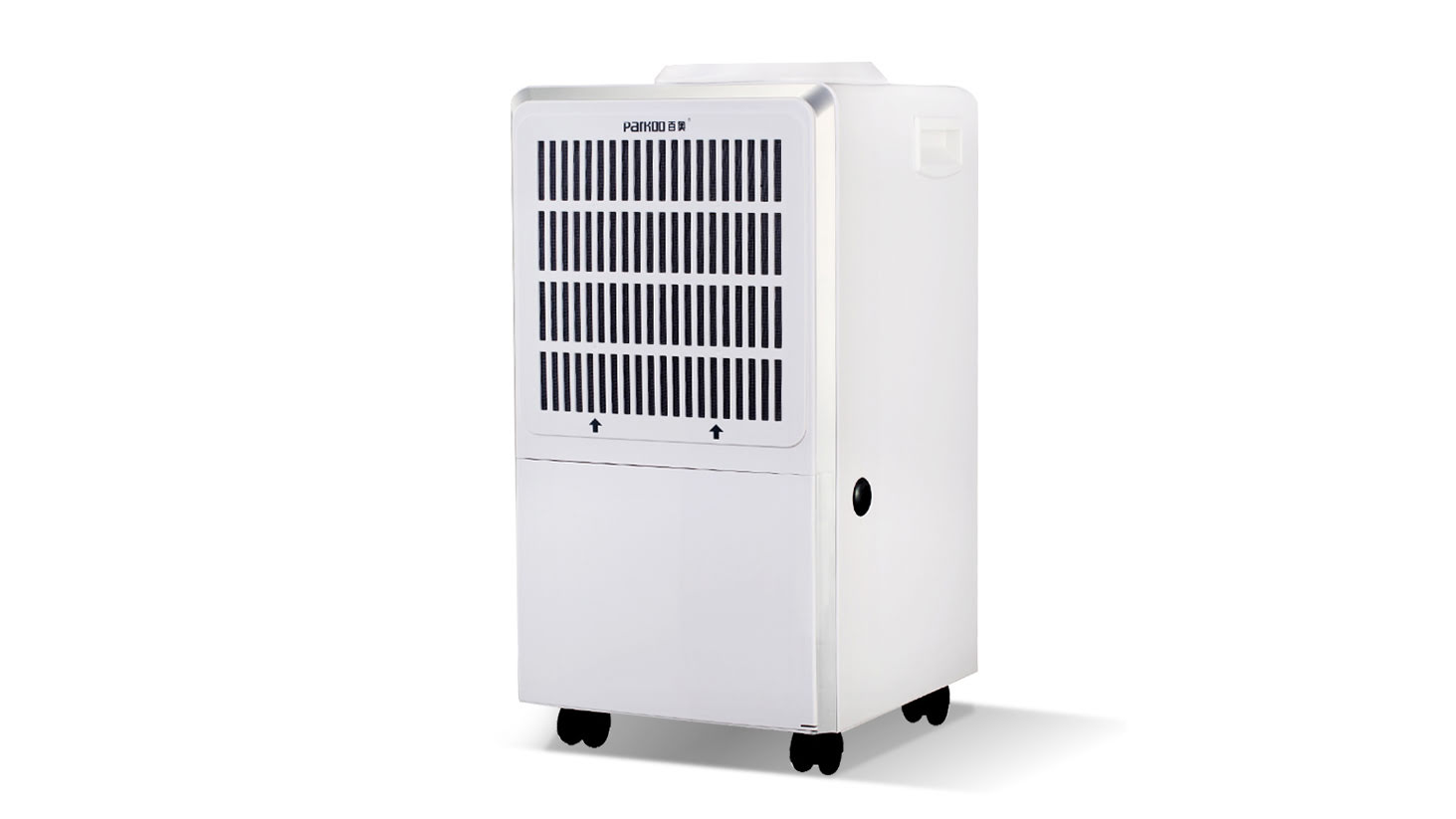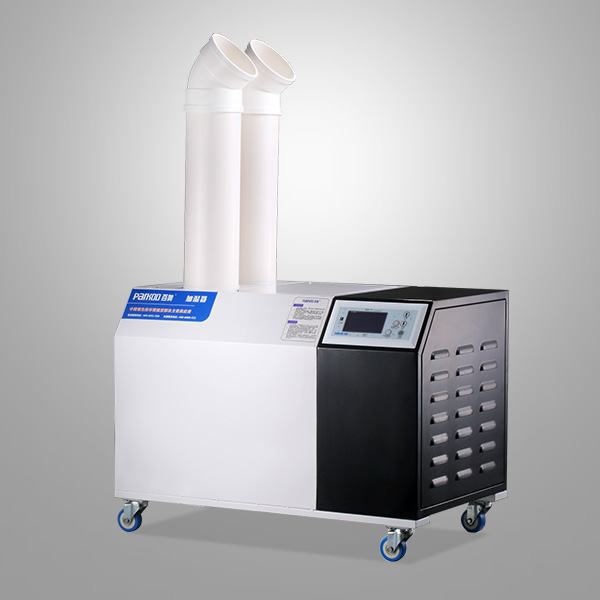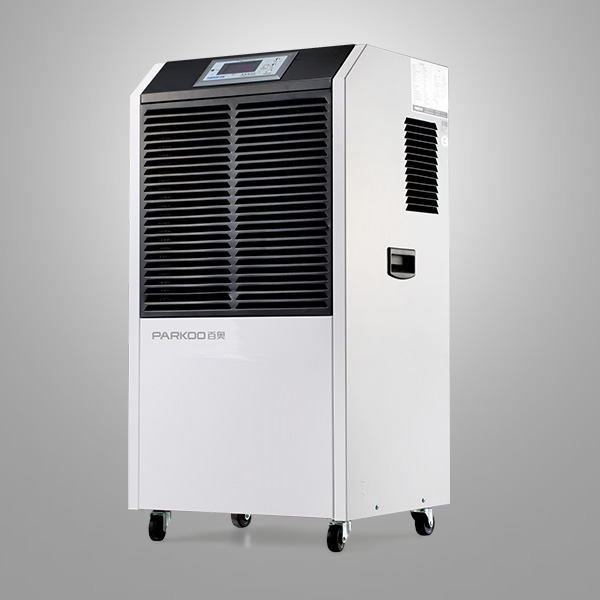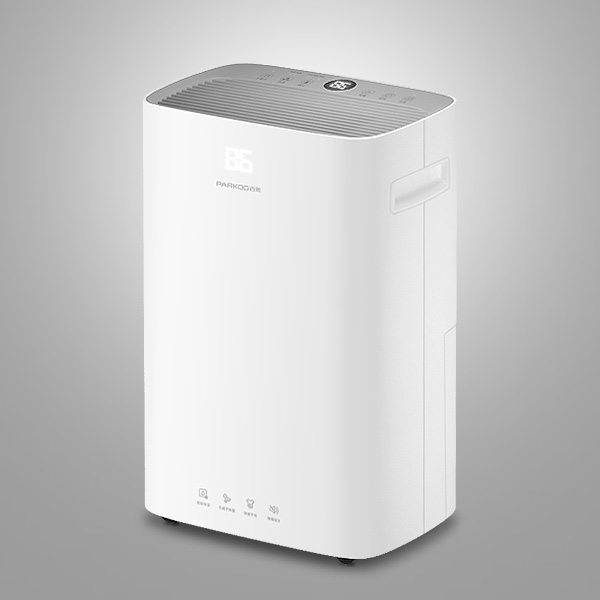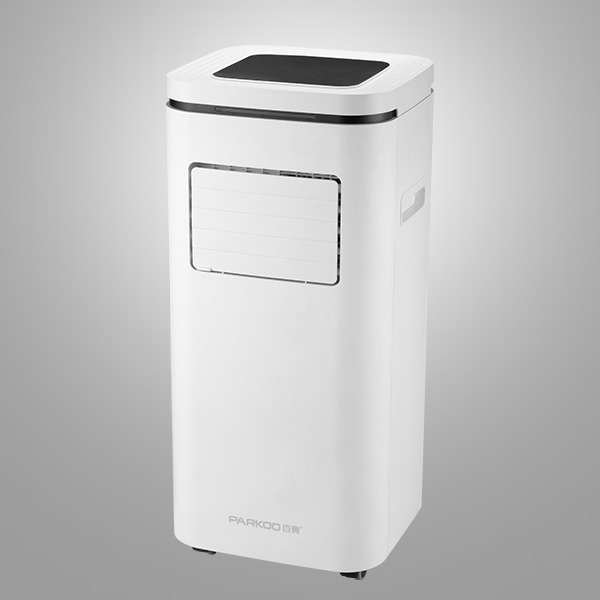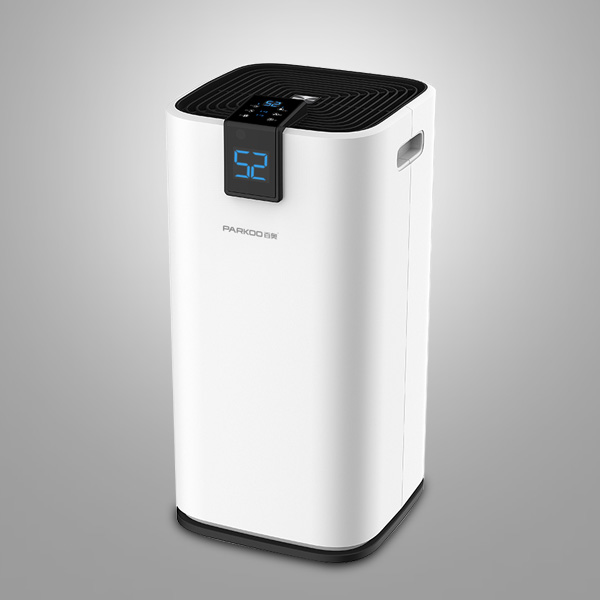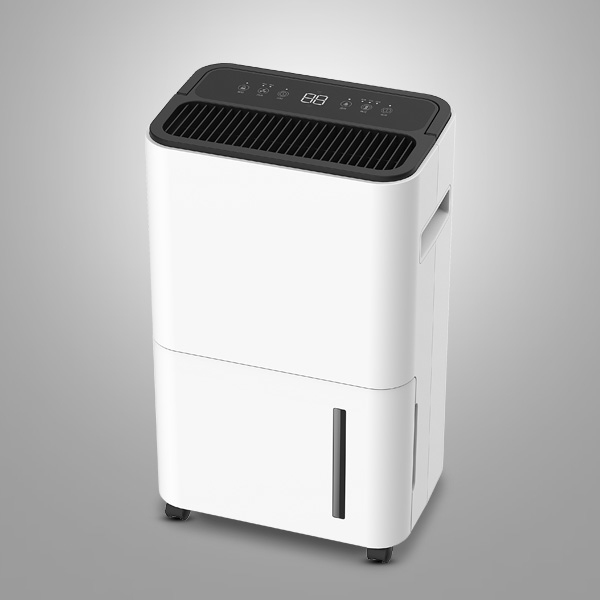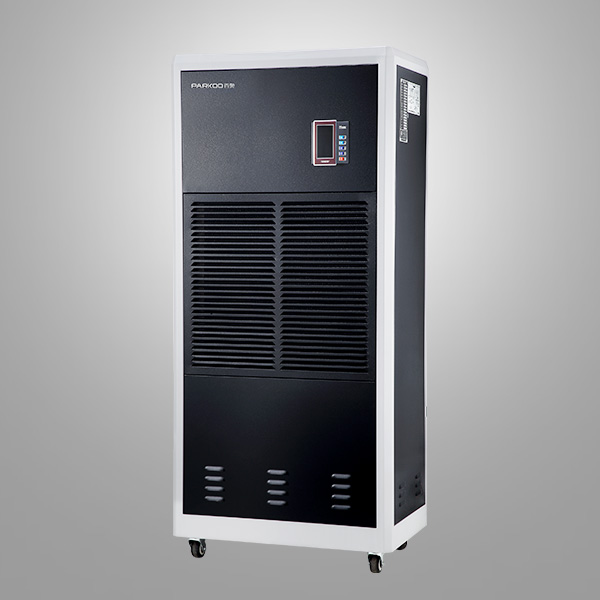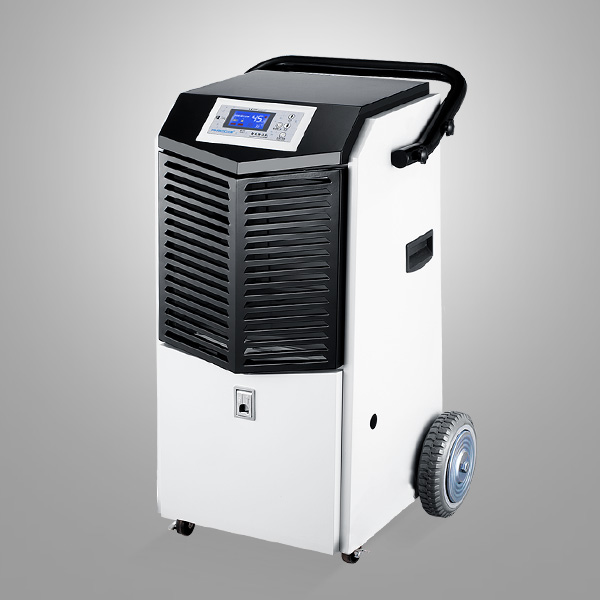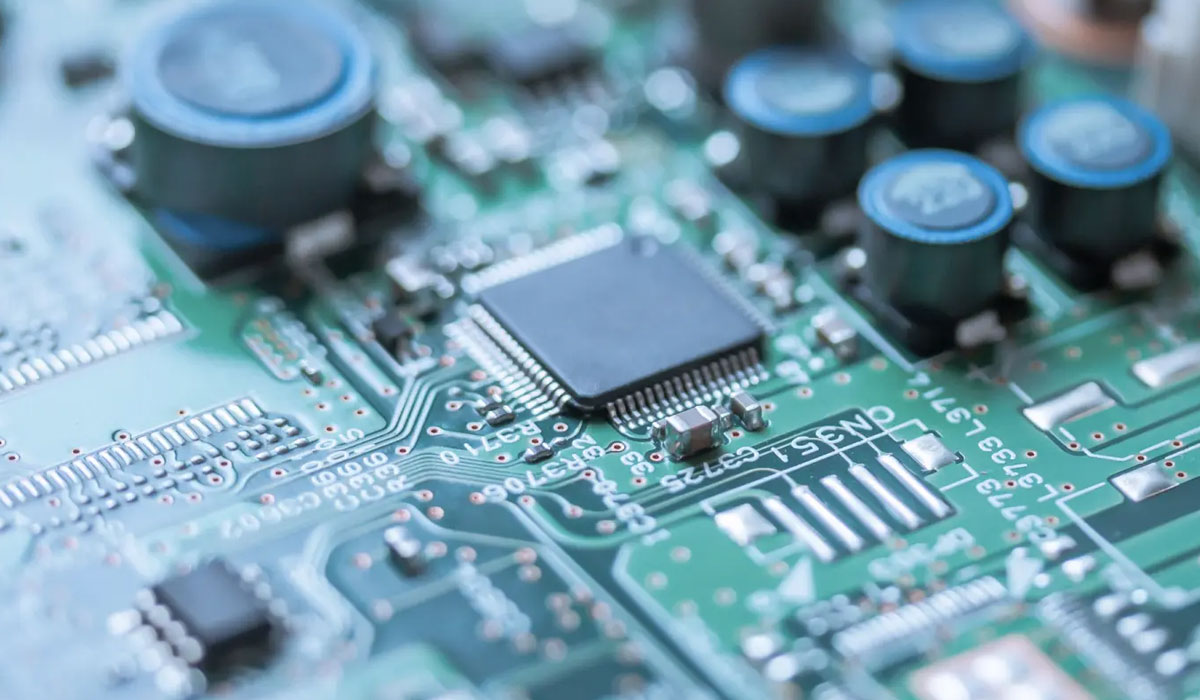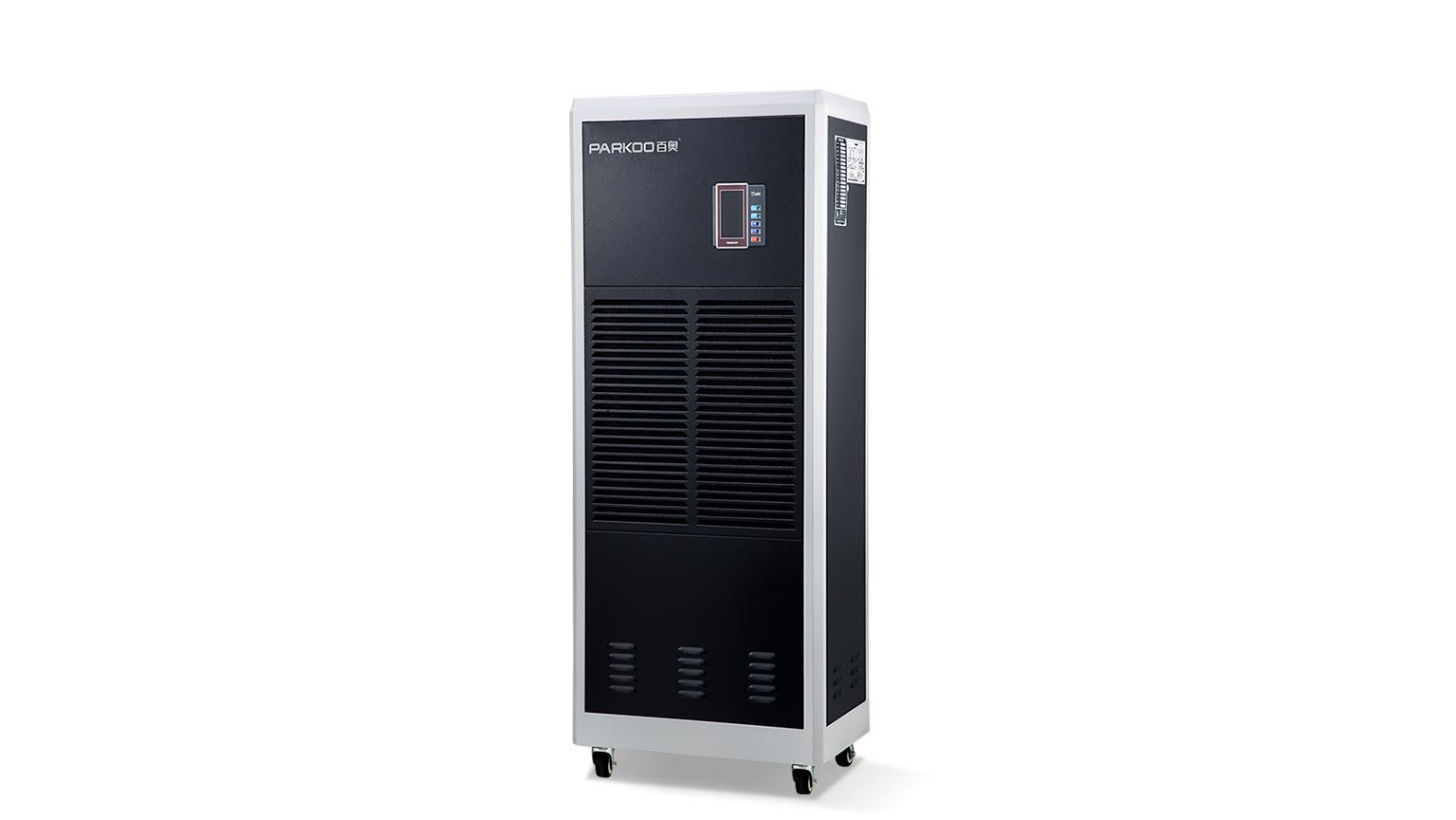The so-called dehumidification refers to the removal of water contained in air or various gases to produce dry air or gas. The following is a comparison of various dehumidification methods:
1. Cooling and dehumidification method: cool the air below the dew point temperature, and the moisture in the air will be condensed into water. Remove the condensed water and reheat it to obtain air with low humidity. The cooling source of air can use the refrigerant, ice water or brine of the refrigerator.
[Feature]:
(1) If the surface temperature of the cooling coil is below 0 ℃, the condensed water will freeze on the surface of the coil, which will reduce the cooling efficiency and dehumidification effect. Therefore, stable humidity cannot be obtained.
(2) In general, the limit of cooling and dehumidification is above the dew point temperature of 0 ℃.
(3) If the equipment is large-scale, it will increase the power consumption and increase the operation cost.
2. Compression dehumidification method: compress the air and then cool it, and the moisture in the air will be condensed into water. Remove the condensed water and reheat it to obtain low humidity air. The moisture in the air is expressed by the following formula:
x=0.622xPs/(P-Ps)
10: Absolute humidity kg/kg
P: Absolute pressure of compressed air kg/c ㎡ abs
Ps: vapor partial pressure kg/c ㎡ abs
The above formula indicates that lower humidity can be obtained by increasing the air compression force P, that is, reducing the absolute humidity X.
[Feature]:
(1) Suitable for dehumidification with small air volume and low dew point.
(2) The cost of compression power is high.
(3) It is suitable for instruments and controls that need high pressure and a small amount of dehumidifying air.
3. Chemical dehumidification method:
Intermittent adsorbent (tower type): solid adsorbent (such as silica gel, molecular sieve, active gasification aluminum, zeolite, etc.) is used as the fixed layer to fill the tower (cylinder). More than two towers are used. One tower is used to absorb air water, and the other tower is regenerated. After a certain period of time, the tower is switched and the air circuit is changed to exchange the absorption and regeneration, so that intermittent dehumidified air can be generated.
The surface of the adsorbent is a porous structure, and the water in the air is adsorbed on the surface due to capillary action, so it has a moisture absorption effect.
[Feature]:
(1) Using solid adsorbent, low dew point dehumidified air can be obtained.
(2) The dehumidification and regeneration are switched in a fixed time, so the stable dehumidified air cannot be continuously obtained.
(3) The adsorbent needs to be replaced regularly.
(4) The pressure loss of the device is large.
(5) High regeneration temperature.
(6) The gas flow loop is fully closed, so it can be used for dehumidification of non air gas.
4. Liquid type absorbent: lithium chloride solution is used as the absorbent, and the main system is composed of dehumidifier, regenerator and circulating pump. When the air contacts the sprayed absorbent in the dehumidifier, the water in the air is absorbed by the solution and dehumidified, and then the cooling coil cools the condensation absorption heat generated by absorption. The solution that has absorbed water is sent to the regenerator by the solution circulating pump, and contacts with the regeneration air heated by the heating coil. The water in the solution evaporates and is discharged out of the room with the regeneration air. Therefore, the concentration of the solution in the regenerator increases, and is sent to the dehumidifier again by the circulating pump.
[Feature]:
(1) Continuous dehumidification and regeneration can obtain stable dehumidified air.
(2) As the solution is connected with the air in the form of fog, it is necessary to prevent the solution from being carried out or flying away.
(3) Because lithium chloride will produce segregation or crystallization at different points under different liquid concentrations and temperatures, it is necessary to control the solution concentration according to the solution characteristics, otherwise the circulating pump may be damaged or the nozzle may be blocked.
(4) It is necessary to replenish and replace the solution regularly.
(5) It can sterilize and wash the air.
(6) High setup and maintenance costs.
5. Rotary dehumidifier: a cylindrical rotary table is composed of honeycomb structure, and then a dehumidifier rotary table is made by attaching the raw materials of hygroscopic agent (lithium chloride, silica gel, zeolite, etc.) with special crystallization processing method. The dehumidification rotary table rotates in a box separated into a dehumidification zone and a regeneration zone. The air for dehumidification passes through the dehumidification area, and the rotary table absorbs the moisture in the air to obtain dry air. The dehumidification area after water absorption moves to the regeneration area according to the rotation of the rotary table. The water in the rotary table is taken out of the rotary table by the regenerative heating air and discharged to the outside. The rotary table rotates to the dehumidification area after the water is discharged from the regeneration area. In this way, dehumidification and regeneration are carried out continuously at the same time, and stable dehumidification air can be obtained.
[Feature]:
(1) Stable dehumidified air can be obtained.
(2) Humidity control is easy.
(3) According to the diameter of the rotary table, various models with different air volume can be made.
(4) Easy maintenance.
